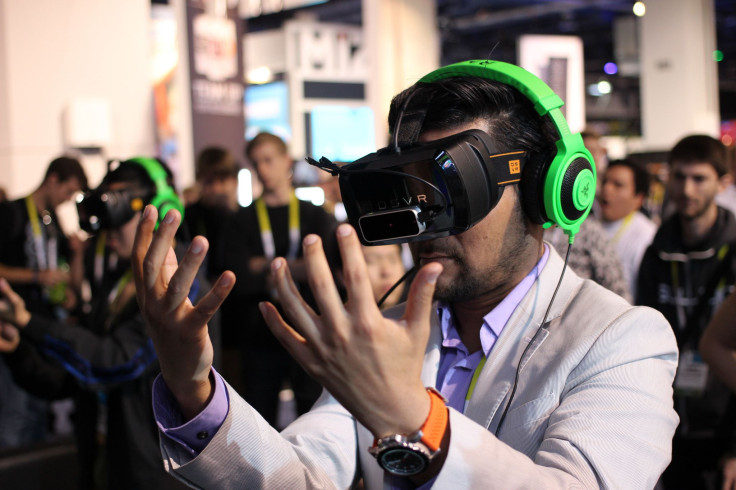How Does The Brain Navigate In The Dark? Virtual Reality Offers Some Insight

Researchers at Vanderbilt University have recently discovered the human brain very likely has an internal navigation system, which can help the brain establish sense of direction in the dark. Conducting a series of virtual reality experiments published in Current Biology, researchers were able to test the likelihood that humans possess a grid-cell system, or a part of the brain that can navigate without auditory or visual cues, which previous studies have found in a number of other mammals.
The study, conducted by Timothy McNamara, professor of psychology at Vanderbilt University, built upon previous studies dating all the way back to the 1970s. Forty years ago, English scientist John O’Keefe found the existence of specialized neurons in the hippocampus that activate whenever a rat reached a certain location in its environment, which he referred to as “place cells.” He found that different place cells activated for different places the rat would go, suggesting a system of spatial navigation that excluded its other senses.
In 2005, Norwegian scientists Edvard and May-Britt Moser expounded on this research further, finding that place cells were part of a more complex network of cells that form the basis of spatial memory and help us to navigate. They referred to this as the grid system, located at the bottom of the brain in area known as the entorhinal cortex (EC), which acts as the main interface between the hippocampus and the neocortex.
The Mosers conducted a series of experiments in which they moved rats from smaller enclosures to larger enclosures, finding that neurons within the EC did not just fire at single locations, but multiple locations. When the rats roamed larger enclosures, the neurons in these areas fired in a grid-like pattern, hence the name.
McNamara and his team decided to take these experiments one step further by testing the presence of a similar grid system within human brains. Basing their experiment off the Mosers varying enclosures, researchers altered enclosure sizes with human subjects using virtual reality technology. They found that grid spacing increased when the enclosure increased in size, and decreased when the enclosure got smaller. While the individual grid cells cannot identify specific locations on their own, Ila Fiete of the University of Texas found several years ago that patterns of certain grid cells possibly translate to different spatial positions.
McNamara used Fiete’s model to conduct similar experiments on humans by using immersive virtual reality to see if humans possessed a similar grid-cell system. The virtual reality guided participants through different sized enclosures where they were told to walk to a series of markers represented by colored columns of light that would appear individually, but vanish when participants reached them. Researchers then blanked out participants’ views, and asked them to once again find the first marker, recording how close they came to its actual position. During the first few trials the enclosure remained the same size, but in the latter trials, the enclosure’s dimensions increased by 40 percent.
“In most cases, the participants don’t even notice that the size of the enclosure had changed,” said McNamara in a recent press release. “But when it does change, the positions where they stop are significantly farther from the target than they are when the enclosure remains the same. When the enclosure increases in size they tend to undershoot and when it decreases they tend to overshoot.”
Even though participants undershot and overshot, the degree to which they missed the mark was shockingly consistent with Fiete’s previous studies that predicted the grid-cell system guiding rats were fixed to the proportions of the original enclosure.
“We still can’t say for certain that people use a grid-cell system to navigate,” McNamara said. “But we can say that, if people use a different system, it seems to behave in exactly the same way.”
Source: Kelly J, Fiete I, McNamara T, et al. Bias in Human Path Integration Is Predicted by Properties of Grid Cells. Current Biology. 2015.
Published by Medicaldaily.com



























